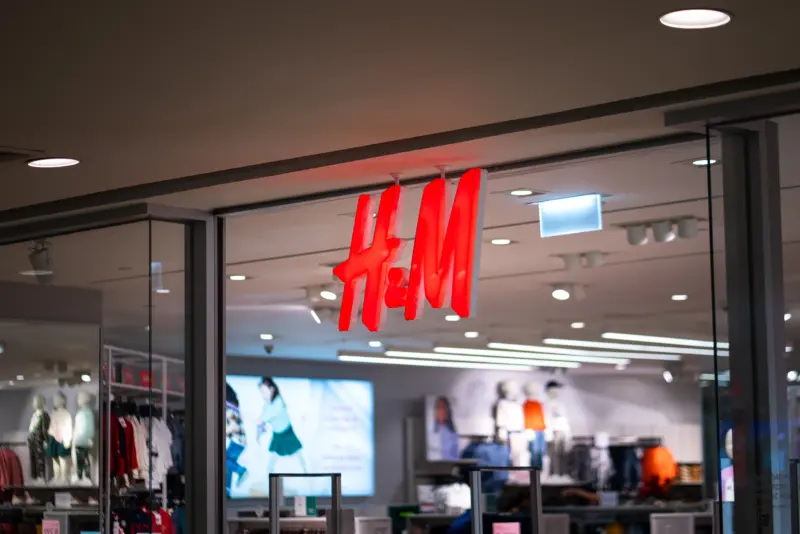Chipotle is Expanding Into Rural Communities. It’ll Need to Reevaluate its Fresh Food Supply Chain.
Supply chain issues are far from over but Chipotle is expanding into a new market that could heavily impact their fresh food supply. The company recently announced its new expansion strategy to open in smaller towns, but some issues can arise beyond its control. The quest for unique and specific offerings in establishments like Chipotle dictates a deviation from traditional, which also adds a distinctive layer of complexity to supply chain management. Subsequently, efforts to mitigate potential disruptions have spawned certain strategies that could be helpful.
Additionally, there’s a socio-economic perspective that must also be considered in Chipotle’s latest expansion strategy. Supply and demand extends beyond a mere consideration of geography and infrastructure and the community’s economic strength and regional demographics play an integral role in setting price points relative to the offered meals.
The intriguing intersection of supply chain management and the fast-casual restaurant industry is Steven Carnovale’s area of expertise. As an Associate Professor of Supply Chain Management at the College of Business at Florida Atlantic University, he explained how Chipotle’s newest expansion approach could fare in the short- and long-term. He said that the fresh food supply Chipotle prides itself on could be difficult to obtain in the smaller locales the company is shifting its gears to. Carnovale further raised concern on the sustainability of the customer-base.
Carnovale’s Thoughts on Chipotle’s Fresh Food Supply
“Largely speaking, it’s a pretty sound idea, and it’s definitely the next frontier in terms of expansion from a retail standpoint. One of the issues, of course, to factor in is that fast, casual chains like this typically rely on fresh ingredients rather than pre-made, pre-packaged, and as a result, lengthening out supply chains can cause delays.
“So, other practices that have been established in this way is locating regional distribution centers that can supply on a more rapid basis to avoid those disruptions. That’s one strategy. The other strategy, of course, is to locate these facilities proximal to major highways to minimize the likelihood of delays in transportation causing disruptions to final mile delivery. Other than that, the issues to focus on would be, of course, the regional demographics and whether or not the economic support of the community can justify pricing as it relates to the offerings.”
Recent Posts

As the logistics industry rapidly integrates connected, smart, and ecosystem-level technologies, predictive and prescriptive analytics promise to streamline operations and enhance efficiency. The recent influx of high-revenue opportunities has drawn blue-chip technology talent into the logistics sector, highlighting the increasing importance of predictive analytics, artificial intelligence, and automation in shaping the future of…

Recently, fashion retailer H&M began charging its UK customers a small fee for returning online purchases in-store — and then hurriedly backtracked on this strategy. Meanwhile, the National Retail Federation found that returns resulted in $816 billion in lost sales for retailers in the United States last year. It should be no surprise, then,…





